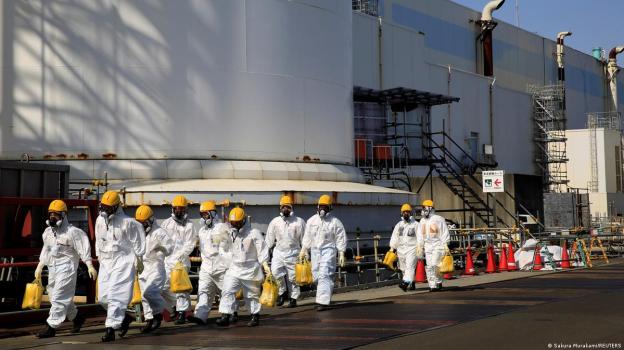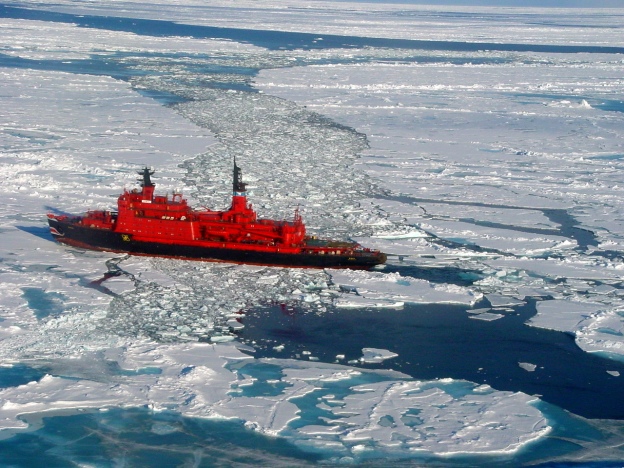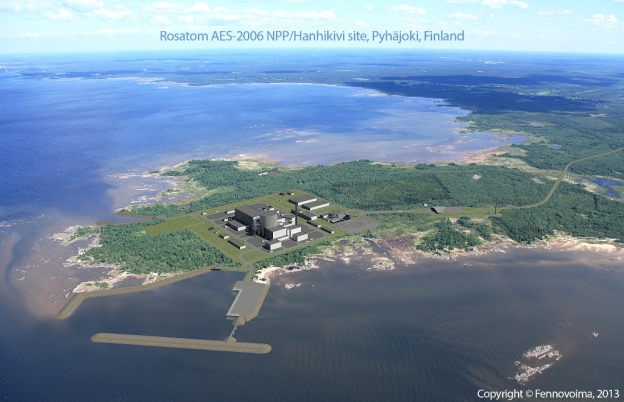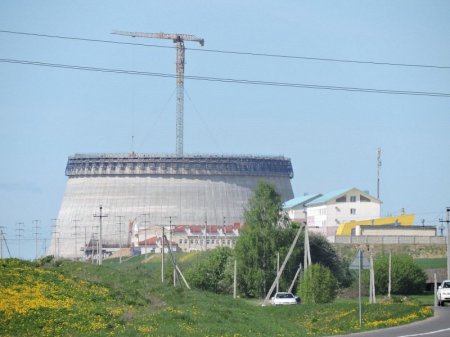Cutting the heart out of a nuclear power plant, the dismantling of a nuclear power plant, is a surgical procedure that only a few specialists are equipped to handle. The process begins by launching plasma-torch-wielding robots into an empty pool surrounded by thick concrete walls. From there, the remote-controlled machines make circular cuts, as if slicing pineapple rings, through a 600-ton steel vessel that contains radiation generated over decades of splitting atoms. These rings are then diced into meter-long pieces and transported via secure convoy to radioactive waste repositories, where they are left to cool down — indefinitely.
Behind the scenes, scores of nuclear engineers, radiation safety experts and state regulators monitor this operation, which can cost upwards of a billion dollars and take years to plan and execute. The expertise needed to pull this off without error is why “there are only a handful of players” in the high-radiation decommissioning (dismantling) business, said Uniper SE’s Michael Baechler, who is supervising the dismantling of Sweden’s Barsebaeck Nuclear Power Plant.
Among the oldest and most experienced is Germany’s Nukem Technologies Engineering Services GmbH, which for decades has offered its unique services in Asia and Africa and across Europe. Nukem engineers helped contain radiation from the destroyed reactors in Chernobyl and Fukushima. They helped lead the clean-up of an atomic-fuel factory in Belgium. In France, the company devised ways to treat waste from the International Thermonuclear Experimental Reactor. With researchers predicting that cleaning up after aging nuclear power plants will evolve into a $125 billion global business in the near future, Nukem should be ideally positioned to capitalize on the moment.
Except for one thing: the company is wholly owned by Rosatom Corp., the Kremlin-controlled nuclear giant, putting it in the center of an uncomfortable standoff…Unlike Germany’s seizure of Russian storage and refining assets after the war with Ukraine, Nukem does not have as much fixed infrastructure to go after. If sanctions were to be imposed, Rosatom might simply close shop or move Nukem’s headquarters to a friendlier jurisdiction… But this presents a problem because “Nukem presides over a large pool of know-how.” Its valuable asset being its 120 mostly German engineers who can work across the nuclear supply chain from the building to the decommissioning of nuclear power plants. The International Atomic Energy Agency has warned of an acute shortage of decommissioning workers.
Excerpt from The Russian nuclear company the West can’t live without, Bloomberg News, May 13, 2023







